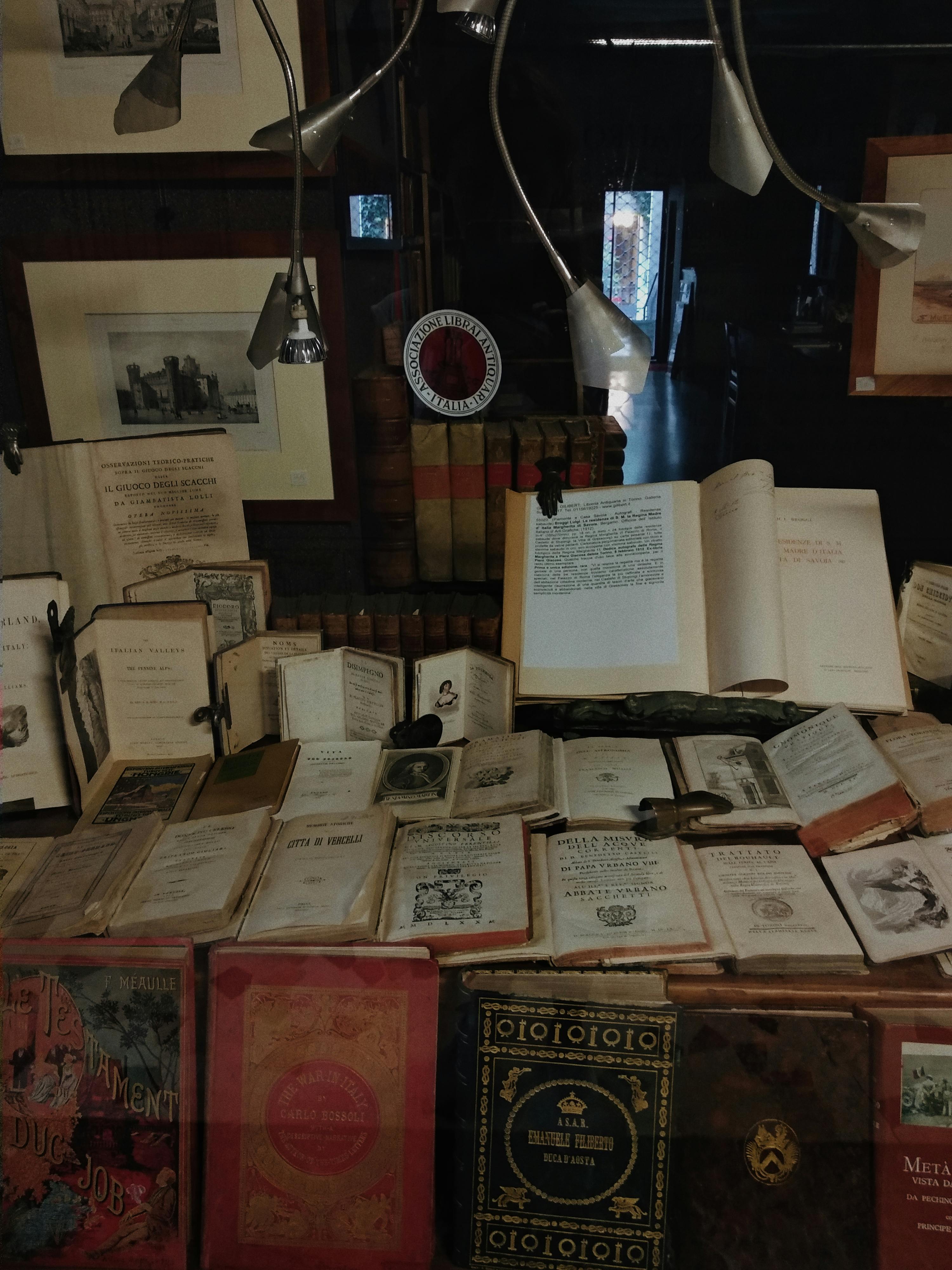Video-R1: Enhancing Video Reasoning with Multimodal Large Language Models

Top post
Video-R1: A New Approach for Video-Based Reasoning with Multimodal Large Language Models
Artificial intelligence (AI) is rapidly evolving, particularly in the field of multimodal large language models (MLLMs). These models are capable of processing and understanding both text and other modalities such as images and videos. Recent research introduces an innovative approach to enhance the capabilities of MLLMs in video-based reasoning: Video-R1.
Inspired by the success of DeepSeek-R1, a model trained through rule-based reinforcement learning (RL) to develop reasoning abilities, Video-R1 aims to transfer this paradigm to video processing. This means the model learns to draw logical conclusions from visual information by interacting with videos and receiving feedback. This is a significant step towards a deeper understanding of videos by AI.
However, applying RL training with the GRPO (Group Relative Policy Optimization) algorithm to video reasoning presents challenges. Firstly, there is a lack of suitable methods for temporal modeling of videos, which is essential for reasoning. Secondly, high-quality datasets for video reasoning are scarce.
To address these challenges, the researchers propose the T-GRPO algorithm. This algorithm encourages models to utilize temporal information in videos for reasoning. Instead of relying solely on video data, high-quality image data is also integrated into the training process. This allows the model to learn from a larger data pool and improve its ability to generalize.
Two datasets were created for training Video-R1: Video-R1-COT-165k for the so-called "SFT Cold Start" and Video-R1-260k for RL training. Both datasets contain both image and video data. The SFT Cold Start serves to provide the model with a basic understanding of images and videos before it begins the more complex RL training.
The results of the experiments show that Video-R1 achieves significant improvements on various video reasoning benchmarks, including VideoMMMU and VSI-Bench. The model also performed convincingly on general video benchmarks such as MVBench and TempCompass. It is particularly noteworthy that Video-R1-7B achieves an accuracy of 35.8% on the VSI-Bench, a benchmark for spatial reasoning in videos, even surpassing the commercial model GPT-4o.
The release of the code, models, and data underscores the researchers' commitment to open science and allows the community to build upon the results and further advance research in the field of video reasoning. Video-R1 represents a promising approach to expanding the capabilities of MLLMs in understanding and interpreting videos, opening up new possibilities for future applications in various fields.
The development of models like Video-R1 is particularly relevant for companies like Mindverse, which specialize in AI-powered content creation and processing. The ability to understand and interpret videos at a deeper level opens up new possibilities for automated content analysis, the generation of video summaries, and the development of interactive video experiences. The advancements in video reasoning contribute to realizing the vision of a comprehensive AI-powered content platform.
.png)


